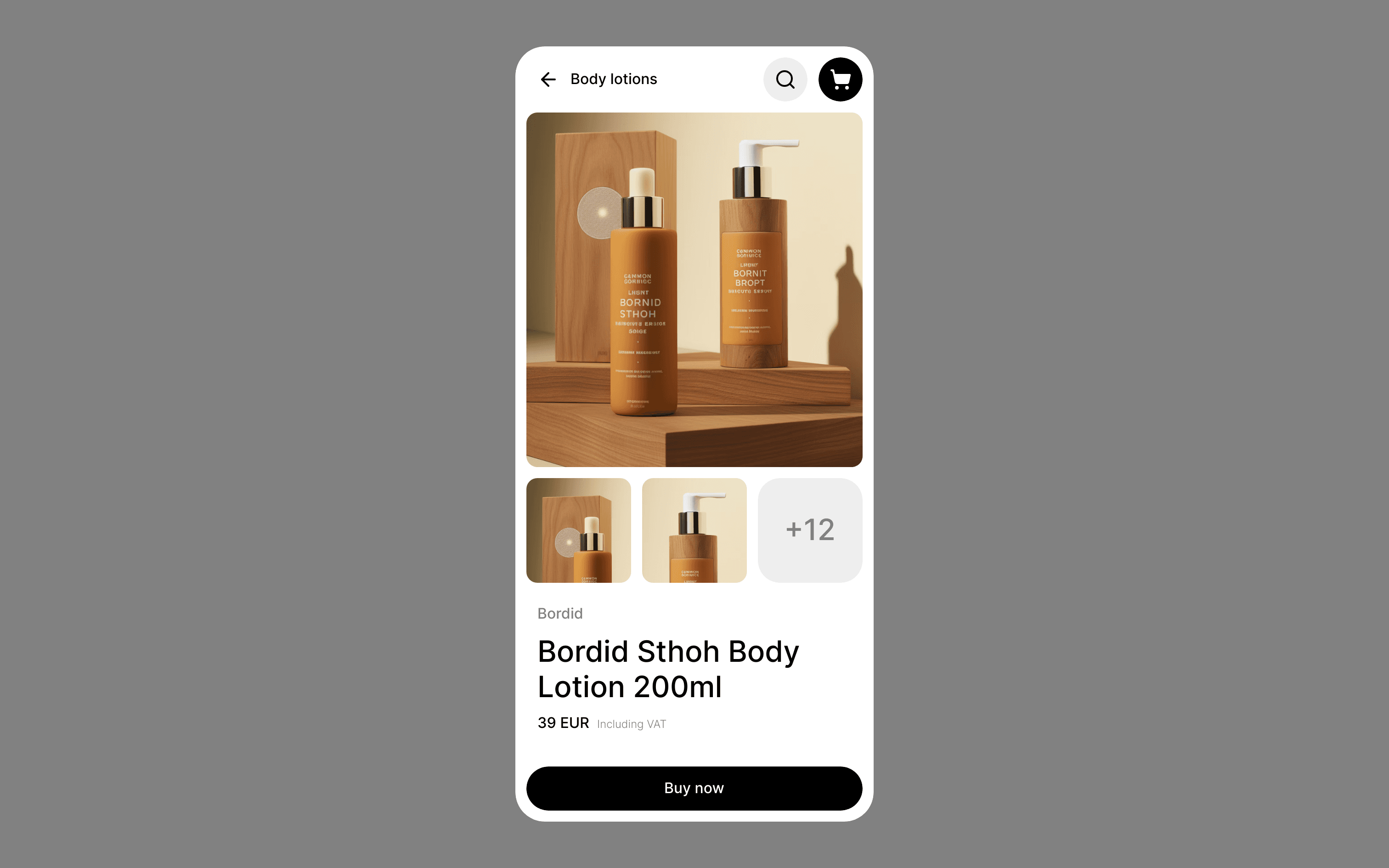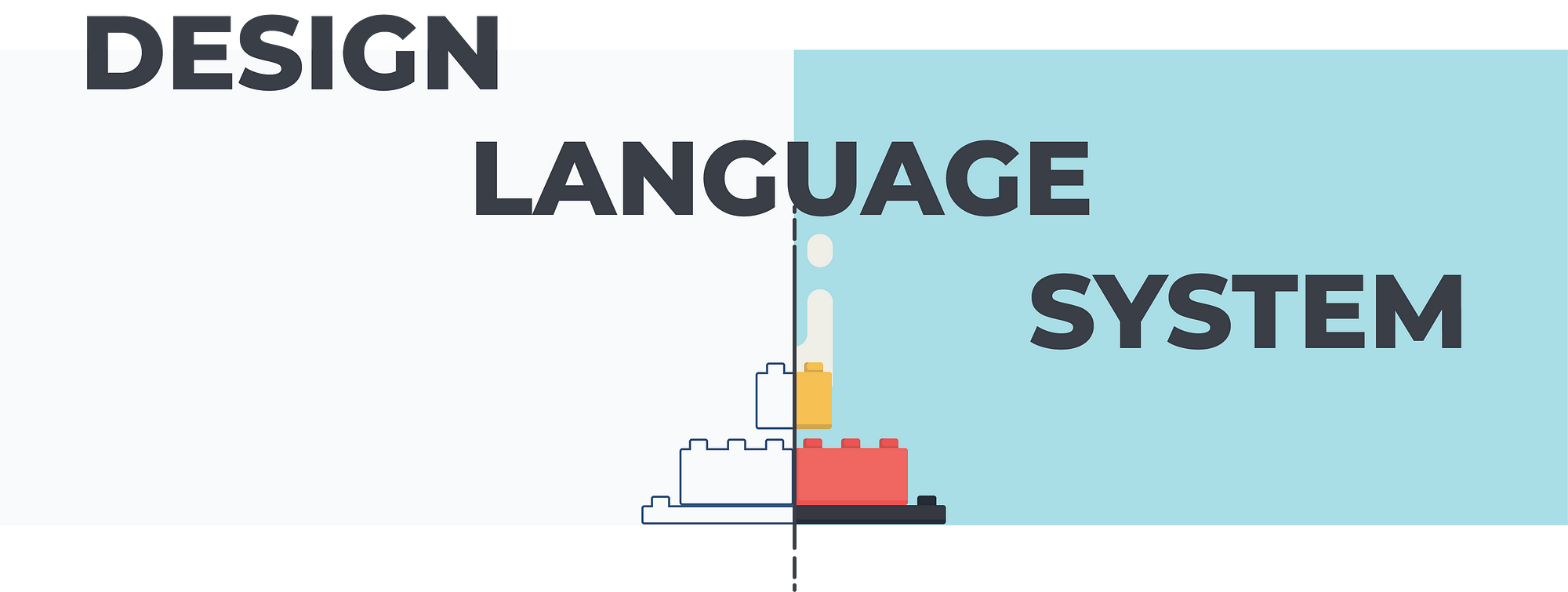Build Design Systems With Penpot Components
Penpot's new component system for building scalable design systems, emphasizing designer-developer collaboration.

medium bookmark / Raindrop.io |

While in development, product, design, and engineering teams use a variety of project management methods. As projects and teams grow, management becomes increasingly difficult. Let’s examine how design language systems make life easier in such situations.
Presently, many companies with significant market shares are exclusively growing by producing software. For others, software is an essential part of their revenue. Moreover, big firms (Atlassian, Dropbox, Linkedin, etc.) increased their design teams by an average of 65% in last 12 months. (design in tech 2017)

Six major tech companies have doubled their design hiring goals in the last half-decade. (TechCrunch)
Consistency is one of the essential topics of user experience. Maintaining consistency in the big project is often a problem in itself.
While the scope of a project begins to grow, productivity and speed might encounter some problems that adversely affect it. Some of those include:
Generally, engineering teams have specific methods for measuring productivity and standards. For example, Agile, code review, code coverage, unit/integration test, etc.
Design works differently. The management methods are more abstract, and there’s not much control or restriction on the development process. Pattern library or style guide are used to define some standards.

Thus, every new designer and every new part of the project increases chaos in the process and slows down velocity.

Yet, the engineering teams code in the direction of the design coming from the design team. This will repeat itself and will present to the user as animation, component, interaction with various features.
On the user side:
The design language is a collection of reusable functional elements (button, form, header, etc.). The more descriptive parts are icon, color, typography, animation, etc,. These elements of the interface are defined under certain standards. It can also be described as a form of expression of the product itself.
Design creates harmony on all platforms when a good design language system is used. Maintaining strict design standards can help to raise confidence and familiarity with users.
We can assume that the design language is a real language. It can’t build suddenly; it develops step by step with the brand over time.
In the development process, it is necessary to see inconsistent parts. Then develop retrospective regulations or newly-applied elements. These must be consistent with the current structure. By following some basic principles and practical ways, teams can be confident that the system has evolved continuously.
Various concepts are used by teams to create their preferred design standards.

Design language needs to be understood by all teams involved so that the project can progress holistically in a consistent way. Another way to look at this is to think of those who speak the same language. It is much easier to communicate what is needed to a person that uses the same language, than one who doesn’t.
The design language will answer the following questions. These are frequently asked by the design and engineering teams during the project:
For a great design language system to succeed, a holistic style guide must be used. This guide includes product, design and engineering components and guidelines must be used. The following criteria must be observed for this:
Everything sounds good until now, but if you do not plan your processes, in a short while you may have to deal with solving a complicated task.
While creating your design language system, it is beneficial to act according to your team culture. You must set criteria that everyone is ready and willing to follow.

Strict rules: There are precise rules and processes in place that are rigorously followed.
Loose rules: Brand feel and the utility of the page take priority over perfect visual consistency.
For instance from Airbnb;
From TED;

Centralized model: Rules and patterns are managed primarily by one group of people.
Distributed model: Where everyone who uses the system is also responsible for maintaining and evolving it.

A modular structure offers the possibility to work with entire engineering teams. Thus it could quickly produce products suitable for all platforms. If you are creating conceptual designs from a message sense, the integration method will be more useful.
Styles come and go good design is a language, not a style — Massimo Vignelli
The design language system provides a standard for brand communication between teams. It also allows you to specify and make available the feelings or messages you want to give to the user.
Thanks to Turgay Mutlay for illustrations 😉
Design Language — Wikipedia
How to Monetize Happiness — Harvard Business School
Using Visual Loudness for Better Wayfinding — Tom Osborne
Animation in Design Systems — Sarah Drasner
Integrating Animation into a Design System — Alla Kholmatova
Building a Visual Language — Airbnb
Contrast Checker — Webaim.org
w3.org — Web accessibility initiative
Accessibility Developer Tools — Chrome extension by Google
AI-driven updates, curated by humans and hand-edited for the Prototypr community